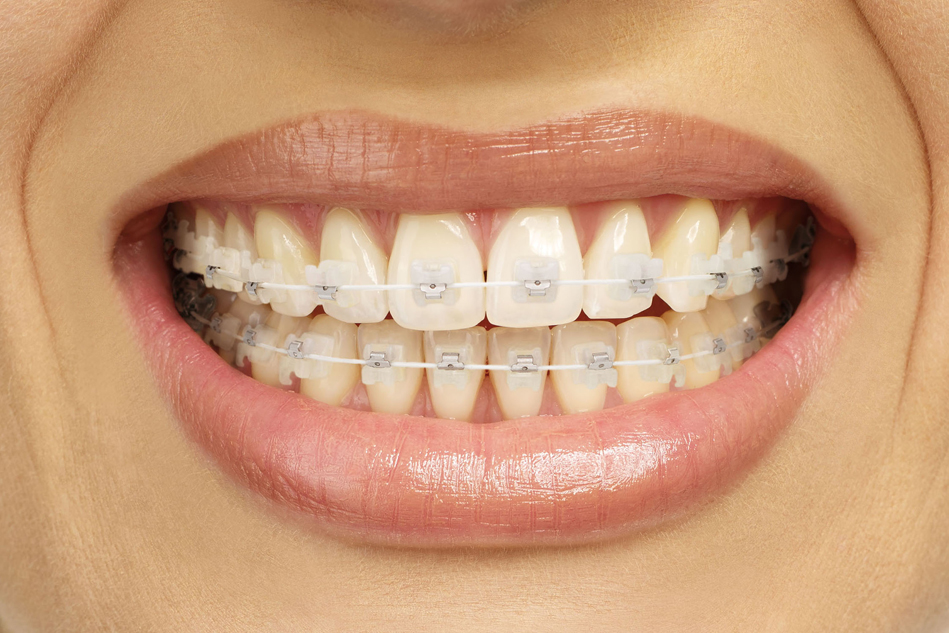
Eating too many sugary foods with braces can lead to plaque build-up around your brackets, and that could permanently stain or damage your teeth.

That means eating well and avoiding foods that are hard, crunchy and sugary. Throughout the course of wearing braces, you’ll need to take care of them. After that, you’ll wear a retainer to ensure your teeth don’t shift after treatment. How long you need to wear braces depends on your individual case, but the average length of orthodontic treatment is anywhere from 12 to 24 months. Learn more about braces with colored bands. Straighten your teeth in style by adding colored bands to your traditional metal braces! You can show team spirit or celebrate a holiday with colored bands of your choosing. They can also cost more than traditional metal braces.īraces aren’t just for kids! As long as your oral health is in good shape overall, you can straighten your smile no matter your age. Ceramic braces require meticulous oral hygiene habits to remove any stains that may accumulate from coffee, tea, dark wines, or smoking. Because of this, your orthodontist may make more gradual adjustments and you may need to wear them longer. Though Invisalign treatment is more aesthetically pleasing than metal braces, the material the trays are made of is a bit more fragile. Your Dental Associates orthodontist will discuss whether traditional braces or Invisalign will work best for you. Learn more about Invisalign clear aligners. Some, but not all, bite discrepancies can be treated with Invisalign. Your orthodontist will evaluate your specific case to see if Invisalign is right for you. You wear them for 20-22 hours a day and change your set as your teeth shift. Invisalign® clear aligners: Invisible braces, more commonly referred to as Invisalign, are a set of clear, removable trays that are custom-fitted to your teeth. If you’re interested in lingual braces, please contact your local clinic before requesting a consultation to assure they provide this treatment option. Please note: Not every Dental Associates location offers lingual braces. Lingual braces: Lingual braces are metal braces that attach to the back of your teeth versus the front and are much less noticeable. They come in varying levels of transparency and will mimic the color of your natural teeth.

Clear and ceramic braces differ from metal braces because of the material they are made with.Ĭlear/ceramic braces: Ceramic braces are made of composite materials. Read below to learn more about traditional braces and how you can customize them to fit your lifestyle.ĭental Associates offers several clear braces options that are less noticeable than traditional metal braces but will still straighten your teeth. While metal braces brackets are still the most common orthodontic option, there are various other treatment options available. They require periodic tightening every 4-6 weeks so steady pressure can gradually straighten your teeth and align your jaw. Traditional braces consist of standard metal brackets that are placed on your teeth with an adhesive and connected by wire. With advancements in dental technology, traditional braces are now sleeker, smaller, and more comfortable. Braces also eliminate problems you may have with eating, speaking properly, or with keeping your teeth clean. Braces can correct crooked and crowded teeth, a misaligned bite, and jaw problems.


 0 kommentar(er)
0 kommentar(er)
